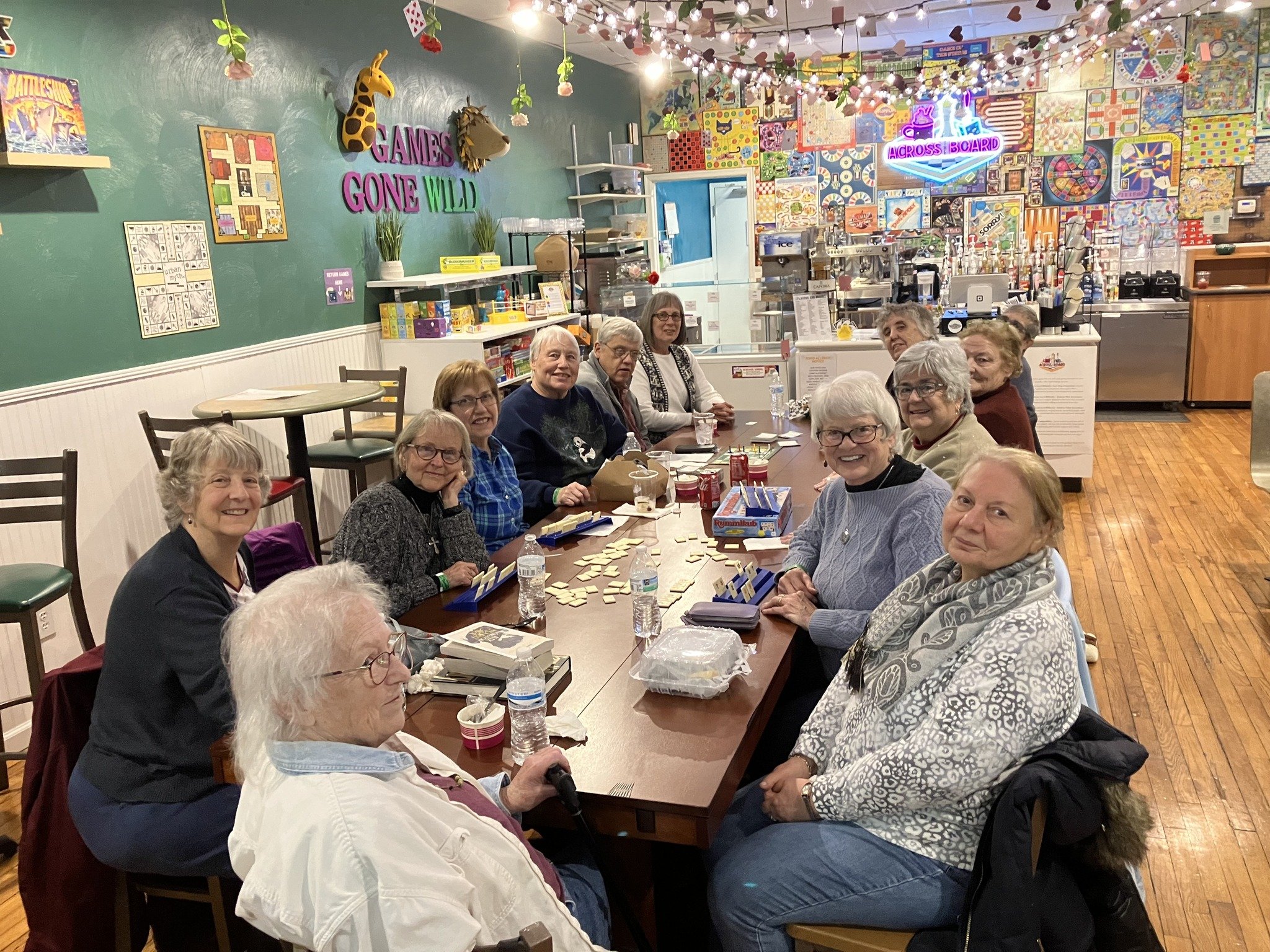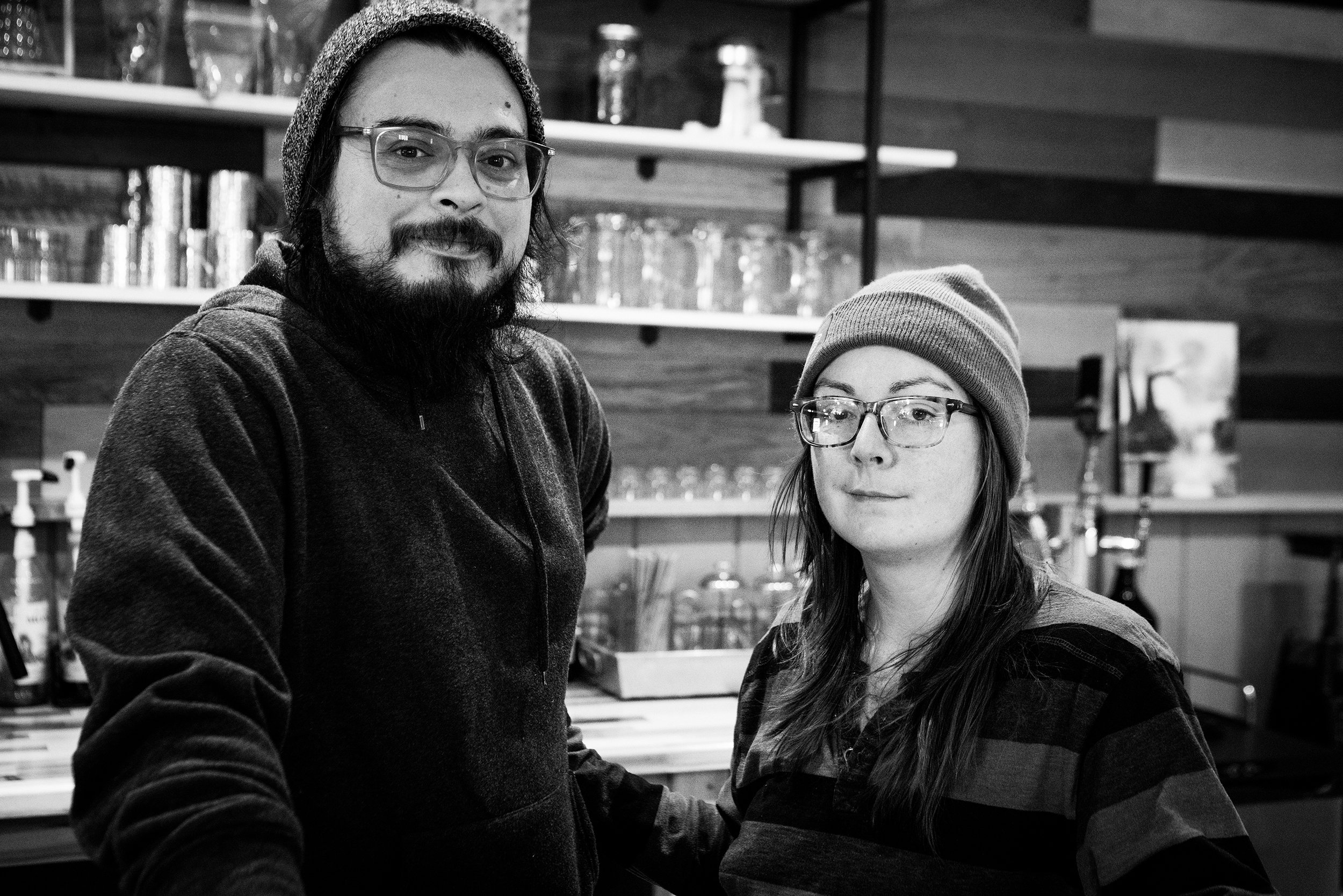The Livery Tavern

By Josh Baldwin
Ask restaurateur John Hirt why he chose Lewisburg as the place to open two exciting new restaurants in the past three years and he’ll prompt a number of factors, from historic Civil War battles to the influx of hippies in the 1960s.
“This region of the country, and particularly in West Virginia, lends itself to the idea and growth of self-expression. Just look at the all of great art galleries of local artisans, boutiques and fine antique shops in town,” says Hirt, an Appalachian renaissance man of sorts that carries financial advising, farming and event planning under his portfolio.
It is against this cultural and historic backdrop that Hirt envisioned and created his newest restaurant venture in historic downtown Lewisburg, The Livery Tavern, which focuses on Appalachian fare prepared with modern culinary finesse, represents the first step of Hirt’s new economic growth plan for the upper end of East Washington Street.
“The central, thematic idea that I kept reminding myself of and telling aloud during construction was the story of travelers during the mid to late 1800s, having left Charleston earlier in the week by carriage and then landing in Lewisburg—tired, hungry and thirsty. It was here at The Livery Tavern they would be rewarded for their long journey”, explains Hirt, who undertook a great deal of research before constructing The Livery Tavern.
The name “Livery” came from the original structure located where the tavern is now. Its origins date back to the late 1700s and early 1800s. According to Hirt’s research, based on the town’s historical records and the stories of old-timers, the location was known to be a livery stable for the town.
“During the demolition and recovery process we unearthed a wide variety of tack related artifacts,” explains Hirt. “Bits, shoes, bridals and some leather strapping. Of course we saved all of these items and plan on displaying them in a case inside the restaurant soon.”
During construction of the restaurant, Hirt was careful to use materials and construction techniques that would have been prevalent during that period, in particular the handcrafted front door that was carved entirely from a black walnut tree removed from the property of Hirt’s other downtown restaurant, Stella’s. The door was actually crafted on site by local woodworker Caleb Boone, and the beautiful bar top in The Livery’s lounge uses the same tree’s live bark edges.
“We brought a lot of exterior materials inside,” notes Hirt, “like the stone wall with recessed candle boxes in the booths, the mortared brick in the dining area and aged barn siding in the interior gable ends. We also recycled old timber frames, using them as our fireplace mantel, shoulder braces and other structural and decorative treatments. It was definitely a fun project.”
The Livery’s booths are popular tables at the restaurant, often reserved days in advance on certain nights. The booths feature the rustic elegance of rich woods juxtaposed against a stacked stone wall, while a privacy curtain provides an added touch.
But the building itself is only part of the magic of The Livery Tavern. For Hirt and local chef Reed Van Den Bergh, the food itself takes its cues from the ghosts of epicurean past.
“We’ve even constructed the menu in a way that represents the same motif of recreating the past for today,” notes Hirt. “Local meat such as goat, lamb, beef, venison, quail are all offered seasonally on The Livery’s menu. Our seafood such as fresh Virginia oysters and crab cakes would have also been available, due to the rail system that was in place in the Greenbrier Valley at the time.”
To recreate that “living menu,” Hirt turned to a chef whose name has become synonymous with creative and inspired food in The Greenbrier Valley—Chef Reed Van Den Bergh. Van Den Bergh is one of the most well-known and accomplished chefs in the region, having first garnered attention as the chef/owner of The Moxie Café in Union. Van Den Bergh recently won the 2012 Greenbrier Cast Iron Cook-Off for Best Interpretation of Appalachian Cuisine.
“His skill with indigenous meats such as goat, venison, quail and lamb is unparalleled,” says Hirt of his chef, “and he understands how to introduce Asian and Middle Eastern spices and cooking techniques that bring excitement and flair to his dishes. We are thrilled to be part of the Reed Van Den Bergh dining experience!”
The Livery offers a chef such a wonderful palate to paint on,” says Chef Reed. “I’ve been cooking in the Greenbrier Valley for 20 years and it’s special to have a place like The Livery, where there’s really a feel for Appalachian Cuisine. And to be able to influence those products with more cosmopolitan ingredients and to splash them with a bit of finesse to a level that perhaps grandma might not have had the opportunity to do.”
About a year ago, Levi Massie joined the team at Stella’s, where the 24-year old impressed diners with his forward-thinking flavor profiles and is now Chef de Cuisine at The Livery.
Chef Reed defines The Livery’s Appalachian cuisine as one focused mainly on local, indigenous products and regional specialties, with a particular reverence to the past coupled with modern twists and techniques.
The experience begins as you open the aforementioned handcrafted front door and step inside to meet Nancy Stewart, Hirt’s sister and proprietor of The Livery.
Cozy, Stickley-styled furniture surrounds the large, antique beamed fireplace, offering the perfect respite for a quick drink with friends before taking your table or booth. The bar features seating and tables for a couple dozen people and is popular for folks looking for a handcrafted cocktail, glass of wine and maybe a couple appetizers.
Jumpstart your taste buds with a tomato bisque soup drizzled with balsamic reduction and sprinkled with chopped parsley, served with a grilled Virginia Swiss cheese sandwich. The warm starter will refresh your senses with its creamy texture and calming tones.
The Livery also enjoys serving warm salads, such as their spinach leaf salad tossed with spiced pecans and local feta, with warm bacon sherry vinaigrette.
Small plates for the table also include bacon wrapped shrimp skewers with a roasted corn poblano risotto that explores the finesse Chef Reed undertakes in plating his dishes. The skewers are arranged symmetrically down the long platter, demanding attention to the glazed shrimps topped with pickled red onions.
The wine list at The Livery provides a number of outstanding California, Oregon and Washington State wines such as Silver Oak, Caymus and Lewis Cellars, as well as worldly wines, particularly reds, where the restaurant boasts many international favorites, including Boudreaux, Brunello di Montalcino and Barolos.
The restaurant’s main courses take a page from the region’s culinary heritage of game, along with freshwater fish and coastal seafood.
The popular roasted quail is stuffed with a traditional Thanksgiving stuffing and served with a swipe of walnut puree and cranberry balsamic chutney.
On the other end of the game spectrum you’ll find a sage roasted venison with braised greens, a mushroom demi, Boursin cheese and a potato swipe.
But The Livery also enjoys serving traditional beef and chicken dishes, such as their bone-in ribe eye, 12-hour braised short ribs, and chicken pot pie.
Sweet potato pie is a popular dessert, with a crème and bourbon anglaise, topped with blackberries and strawberries. The gingerbread cake is also a popular choice this time of year, along with fresh baked cookies and an assortment of pies.
Dining at The Livery brings something different to the downtown Lewisburg foodie scene—a scene that continues to grow in exciting new ways. It brings finesse and attention to detail to regional dishes often overlooked and undervalued on the larger culinary scene. And it provides a beautiful, cozy setting to enjoy local foods, handcrafted cocktails and classic wines with friends and family.




